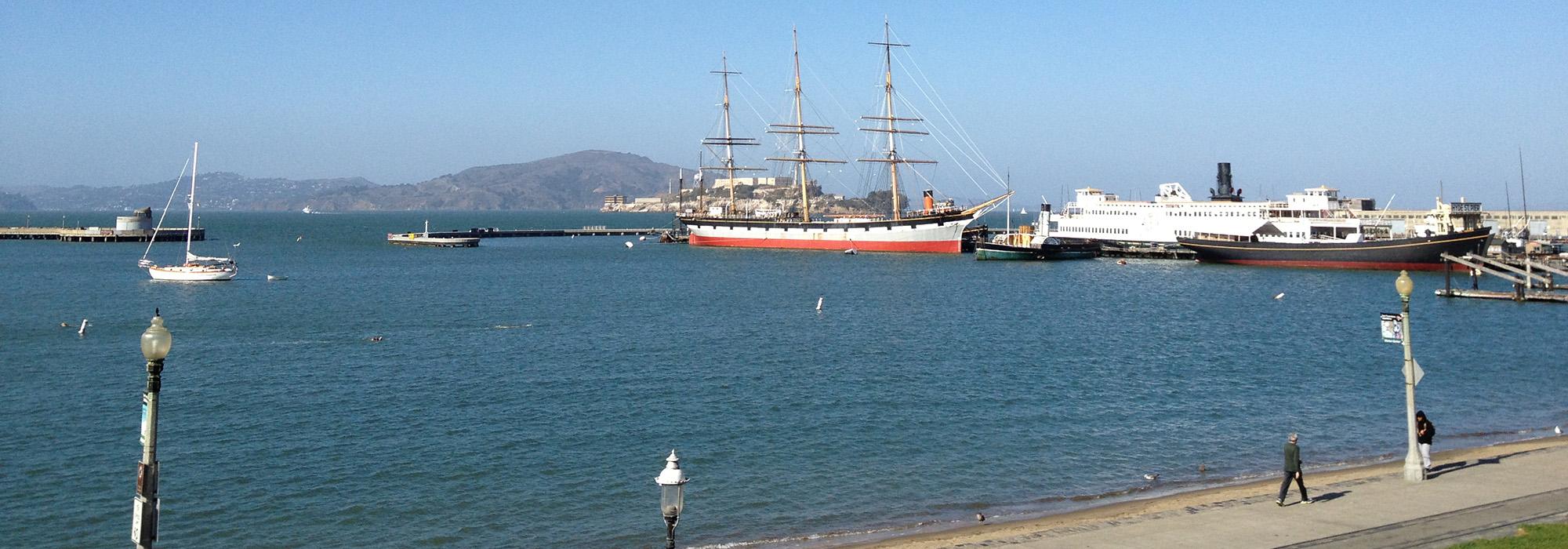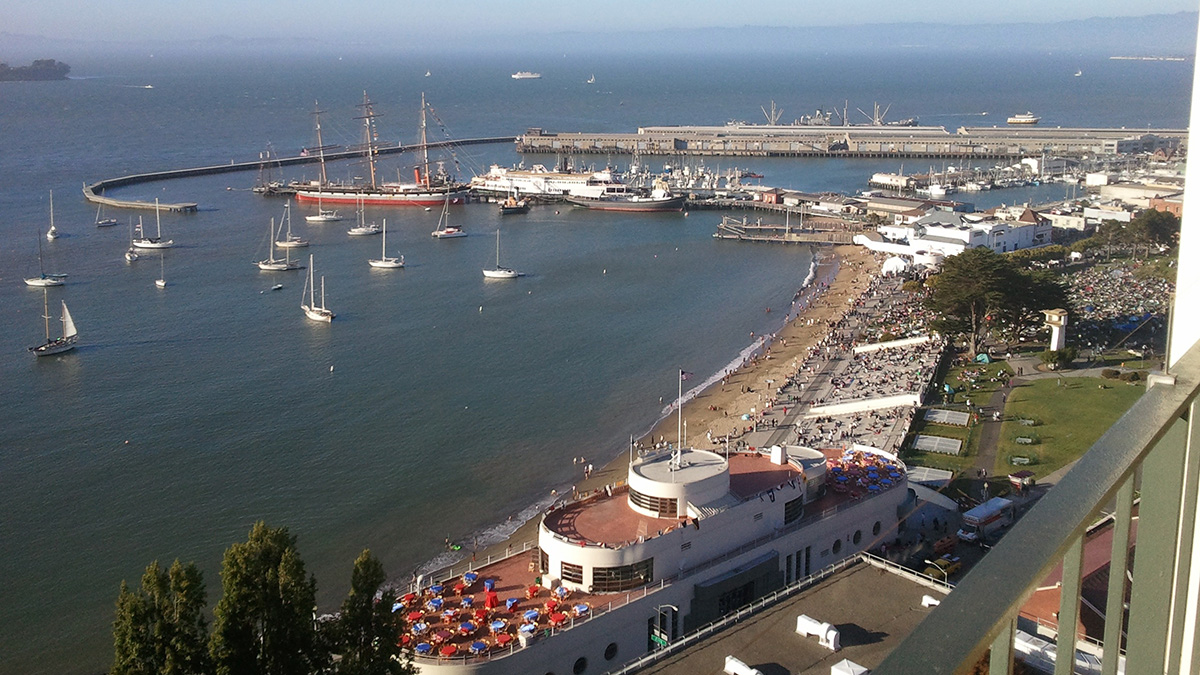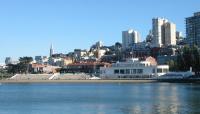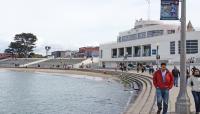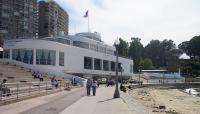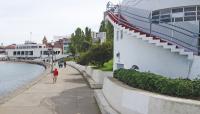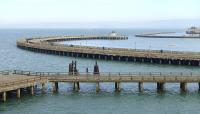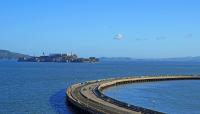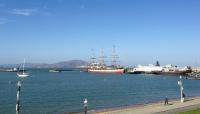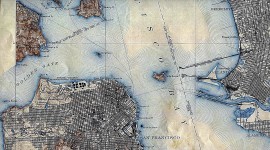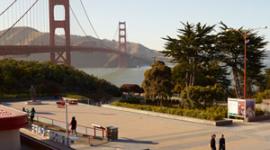Landscape Information
Bookended by Fort Mason and Fisherman’s Wharf, this waterfront park has been a favorite recreational spot since the Civil War. Although plans were unsuccessfully proposed by Frederick Law Olmsted, Sr., in 1866 and Daniel Burnham in 1905, ultimately citizen advocacy led to the park’s development in the 1920s. Aquatic Park Pier (initially Municipal Pier) was completed in 1934, incorporating an innovative baffle system to protect the cove for recreation. In 1935 the Works Progress Administration began developing the park by constructing a stepped sea wall and grading the shoreline. The park’s bathhouse, stadia overlooking the water, two speaker towers, and curved beach and pier were designed by William Mooser and his son William Mooser, Jr., in the Art Deco style. The structures were complemented by a curvilinear planting bed and open lawns designed by engineer John Punnett in 1937. Following the park’s military occupation during World War II, the San Francisco Maritime Museum opened in the former bathhouse building in 1951. In 1962 the construction of Victorian Park, east of the bathhouse, incorporated designs by Thomas Church, including historically referential cobblestone paths and ornamental ironworks. Most of the original design for Aquatic Park, and Victorian Park within it, remains extant.
Bound between the Maritime Museum to the east and a cable car turnaround to the west, Victorian Park slopes down from a formal walkway towards a beachfront promenade. The arcing, 60-foot-wide Aquatic Park Pier runs a quarter mile, halfway around the cove, providing exceptional views of San Francisco Bay. Located within the Aquatic Park National Historic Landmark District, Aquatic Park was listed in the National Register of Historic Places in 1984 and was designated a National Historic Landmark in 1987. The San Francisco Maritime National Historical Park was created in 1988 as a separate administrative unit of the National Park Service.



